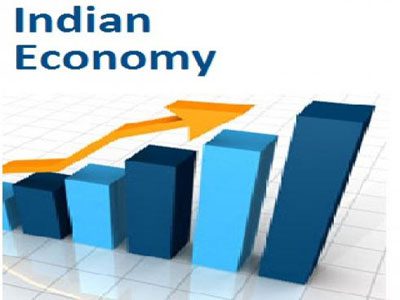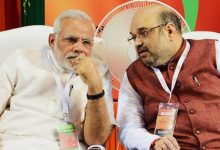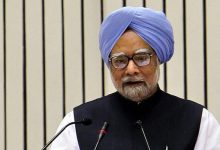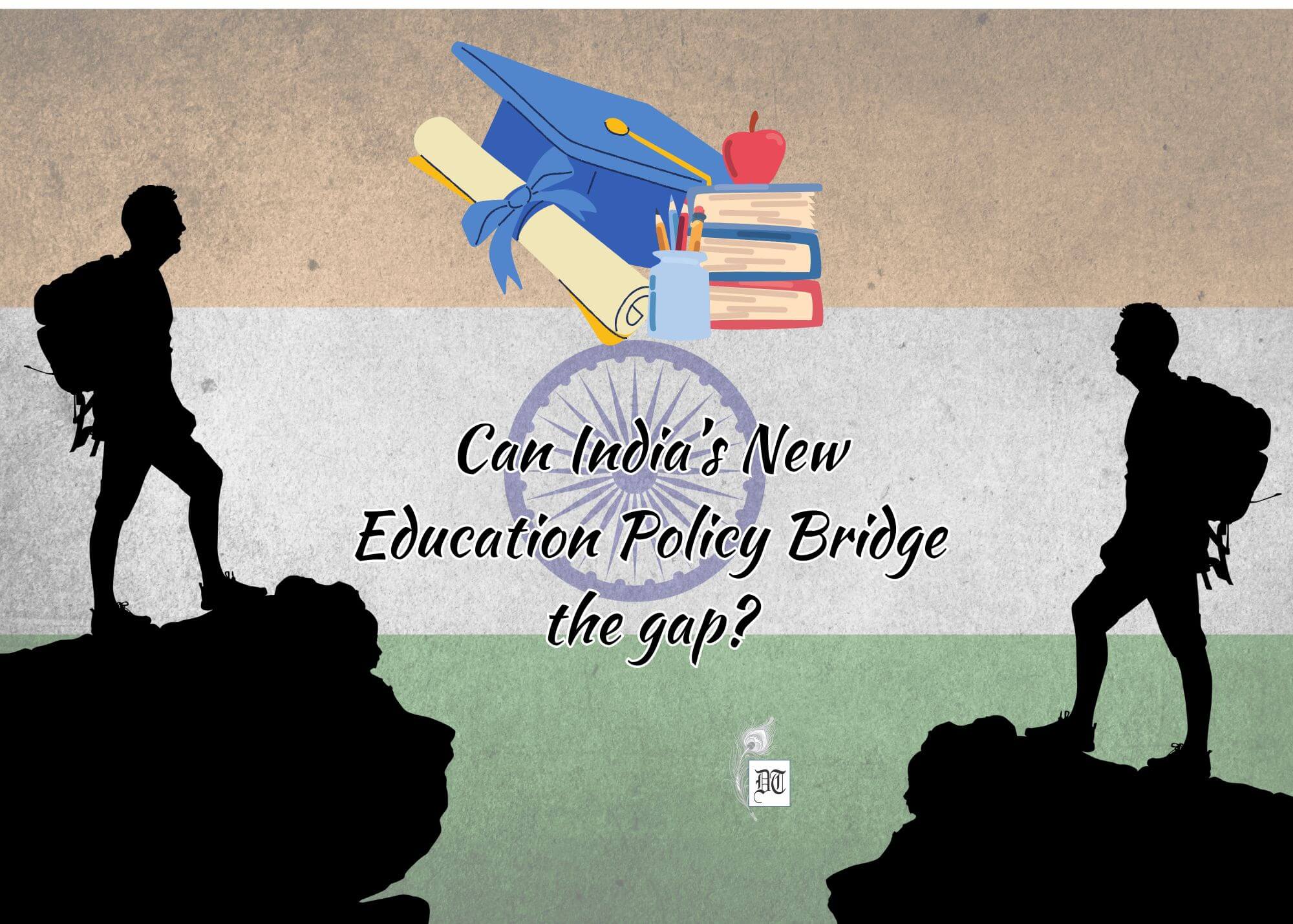The high growth does not reflect the whole story. There is significant jobless growth. Only 8 lakh new jobs have been created against the requirement of nearly 50 lakhs over a four year period. Here’s a report, for Different Truths.
The Indian economic growth figures for January- March 2018 quarter announced early June are certainly encouraging. The CSO figures say fourth quarter of 2017-18 recorded 7.7 percent GDP growth, which is an eight-quarter high. Following this growth momentum, the overall GDP is now revised upwards to 6.7 percent for 2017-18. This indicates that the demonetisation impact is fading and GST related glitches are getting resolved, rating agency Crisil says, adding the broad take away is that there has been a sharp upturn in economic activity. The corporate results too are healthy and looking up. There is no doubt that the economy is in a recovery mode but there are several problems in the economy, which are not getting reflected in the GDP figures. These irritants could derail the growth process if correctives were not found immediately.
Demonetisation had, in fact, done long-term damage to the economy and it is going to take several years to overcome it. The impact on growth could never be recovered as growth lost for some period is lost for all time to come. The entire informal sector, small-scale sector, and agriculture are in the doldrums. What is important is to make this growth inclusive so that there is a big push in the efforts to eradicate poverty. There are still over 400 million people in India who do not get two square meals a day.
The government may boast of improved agriculture growth at 2.8 percent in 2017-18 as against 1.8 percent in the previous year. There is a bumper harvest this year with food grain production at a record 275 million and horticulture, including fruits and vegetables, at over 300 million tonnes. There is a surplus production of pulses and milk. All these augur well for the economy. But farmers are not happy because they are not getting remunerative prices. While the input costs like seeds, fertilizers, pesticides and so on are going up manifold, farm products are fetching prices which are not enough to even meet the production costs. More than three lakh farmers have committed suicide in recent years and there is a sort of great depression in agriculture in India. It is a piquant situation wherein there is surplus production but no buyers; as a result, farmers are forced to agitate and dump their products on the streets. Tomato fields are being allowed to be grazed by farm animals as it is not fetching prices enough to cover the cost of production. Garlic selling at Rs 8,000 a quintal has dropped to less than Rs 500 a quintal in a matter of a couple of years. This is a worrying situation as over 50 percent of the 1.25 billion people in the country are farmers.
The high growth does not reflect the whole story. There is significant jobless growth. Only 8 lakh new jobs have been created against the requirement of nearly 50 lakhs over a four-year period.
Crisil says the growth momentum will help in pushing overall growth in 2018-19 to 7.5 percent. Global institutions have forecast GDP growth ranging from 7.2 to 7.5 percent. This looks good. But are we in a comfortable situation? The answer is a big no. Crisil itself has forecast Rs five lakh crore slippages in non-performing assets of banks in 2017-18, which mars their profitability. As a result, the total slippages in the past three years have gone up to Rs 13.6 lakh crore. This meant that overall non- performing assets as on March 31, 2018, was Rs 10.3 lakh crore as against Rs 8 lakh crore in the previous year after taking into account the restructuring of loans. This is not a happy situation as lending is going to become a major problem unless the banks are adequately recapitalised, which means a heavy financial burden to the exchequer. The fiscal health of the economy has gone for a toss.
Another important worrying factor in the economy is the high diesel and petrol prices, which have a cascading effect on the economy. This is bound to push inflation. This is a double whammy for farmers. On the one hand, they are not getting just price for their products because of surplus production and on the other transporting their produce to markets is becoming increasingly expensive due to high fuel costs. To top it all, farm labour, who are construction workers during offseason, are not getting jobs as the construction industry has slowed down considerably after demonetisation. So their earnings during farm season as well as offseason are badly hit.
Though there has been some pick up in exports, a trade deficit is widening because of high oil imports due to increasing crude oil prices and the depreciating rupee. Also, the pick-up in exports is not commensurate with the global economic and trade growth. Pick up in exports will happen when big-ticket exports reform happen and that seems to be not in sight in the near term. Infrastructure is a major bottleneck to exports and that cannot be fixed overnight.
With crude oil prices ranging between $75 and $80 per barrel this year, current account deficit is expected to widen to 3 percent of GDP or $80 billion during 2017-18. Besides, the combined fiscal deficit of the Centre and states put together is in the range of 6.5 percent of GDP. This is despite the fact that states got a bonanza by way of 10 percent hike to 42 percent devolution from the central pool of taxes as recommended by the 14th Finance Commission. This means that though states revenue improved considerably, their revenue deficits are going up, which is not a good sign as they are indulging in fiscal profligacy.
In sum, though there are signs of economic recovery and green shoots in corporate spending, the economy is still sick and there are problems with macroeconomic stability. Inflationary pressure is another area where one needs to keep a watch. The fact that the Reserve Bank hiked the short-term rates by 25 basis points for the first time in four and a half years this week indicates all is not well with the economy, especially on the inflation front. It is time that Modi government started thinking out of the box to fix the ills of the economy – farm distress, jobless growth, lack of consumption demand, particularly rural demand, infrastructure bottleneck, the problem of exports, twin deficits of current account and combined fiscal deficit. It is a tall ask and Modi will have to wield his magic wand to straighten things up.
K R Sudhaman
©IPA Service
Photo from the Internet





 By
By

 By
By